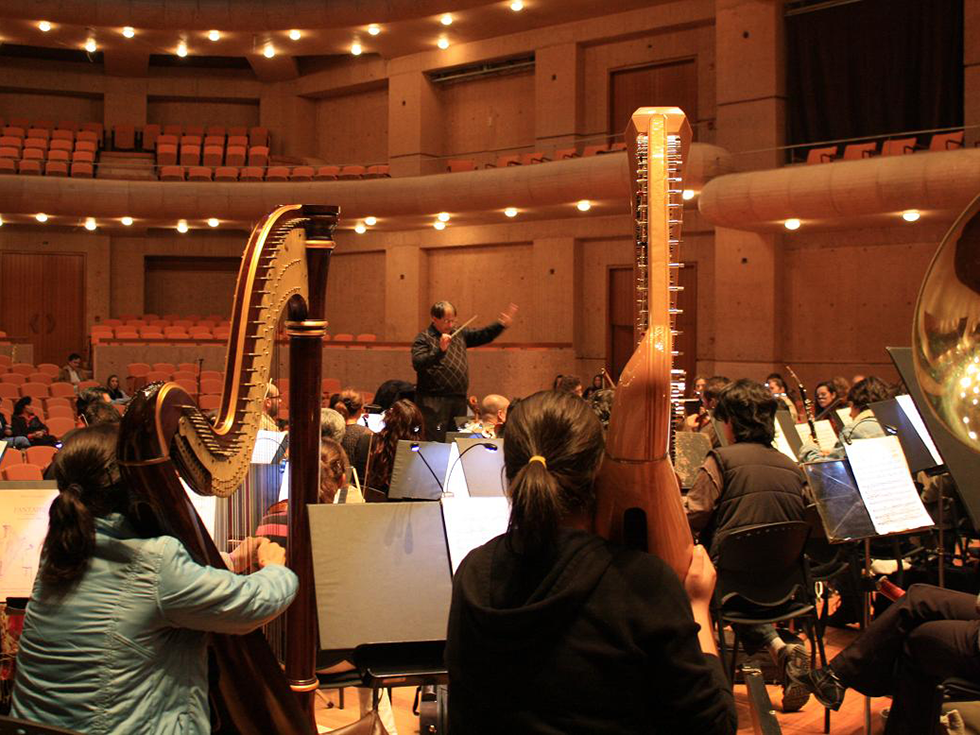The process of tuning a performance space during the commissioning phase of a project traditionally involves adjustment of movable acoustic elements (reflector panels, variable absorption curtains, etc.) to optimize the sound quality heard by the audience and performers. During rehearsals it can sometimes become a trial and error process, not unlike a doctors’ examination (“when I do this, does it hurt?”). Most top-level performing arts acousticians perform this sort of service.
Akustiks’ has capabilities unique among consultants that allows us to take the process much further. In the initial evaluation of performer hearing conditions we provide our experienced acoustician-conductor, Christopher Blair, to listen from many points within the orchestra as well as from the podium. As is true with most communication, musicians sometimes hear what they expect to hear, not necessarily what was played or not played. This familiarity can often color the musicians’ evaluations of cross stage communication on an orchestra platform.
Therefore, in addition to using music the orchestra knows well, it is also important that the group play music that is unfamiliar, and sometimes even play it in different seating arrangements. Akustiks owns a library of esoteric orchestral works from the 19th Century that we routinely use as part of our evaluations.
Once a room has been acoustically “optimized” (or, at least, to a first cut) and turned over to an orchestra, it takes them some time to become familiar with how to “play” their “new instrument”. It is usually the case that a good orchestra has a great deal more flexibility in adjusting its own playing to fit a new room, than the opposite process of adjusting the new room to fit the routinely playing. We work with the resident Music Director to adjust the orchestra’s playing techniques to fit their new environment, often reducing a process that can consume months of experimentation into a few hours.
The procedure generally follows the following format. The Music Director rehearses the orchestra onstage in a few excerpts to familiarize himself with the sound of the orchestra there. The Music Director then moves into the room to listen (typically the first balcony level where the most expensive seats are located) while Blair conducts the same excerpts. The Music Director can then ask sections of the orchestra to play individually, for example: changing a string articulation style here and there; asking the trumpets what dynamic they are playing, suggesting the timpani player uses harder mallets, etc. By breaking down the orchestra into its component parts, optimizing each to the room, and then reassembling the parts one can completely change the sound of of an orchestra in only one rehearsal.
The final stage of the process is to take what has been learned and add an audience. This is once again a case of the Music Director and Blair exchanging conducting/listening roles.
We have recently followed this “hands-on” approach to tuning exercises with the Indianapolis Symphony, San Diego Symphony, El Paso Symphony, Oklahoma City Philharmonic, and the Nashville Symphony.

